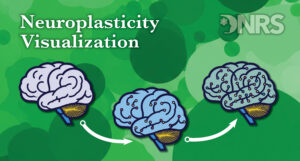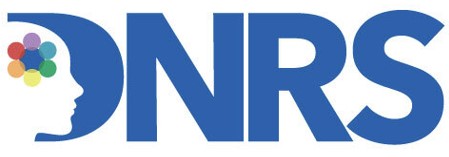The human nervous system is an intricate network that governs everything from movement to emotions. When dysregulated—whether due to chronic stress, trauma, or illness—it can contribute to persistent health challenges. However, thanks to the remarkable phenomenon of neuroplasticity, our brains and nervous systems retain the ability to adapt, reorganize, and recover.
Understanding the role of neuroplasticity and the limbic system can be transformative for those navigating complex chronic conditions. By engaging in intentional practices to regulate the nervous system, individuals can leverage its adaptability to support healing, resilience, and overall well-being.
The Limbic System: The Emotional Epicenter
The limbic system is the brain’s emotional command center. It processes fear, pleasure, and stress responses, making it central to nervous system regulation. When the limbic systemis overactive due to prolonged stress or trauma, it can lead to dysautonomia, anxiety disorders, and even systemic inflammation—hallmarks of many complex chronic illnesses.
Techniques such as deep breathing, mindfulness, and trauma-informed therapies aim to recalibrate the limbic system, helping mitigate symptoms of conditions like fibromyalgia, chronic fatigue syndrome, and long COVID.


Neuroplasticity: The Science of Change
Neuroplasticity refers to the brain’s ability to rewire itself in response to stimuli. This means that thought patterns, behaviors, and sensory experiences can shape brain function over time. Whether it’s retraining the brain to lessen pain signals or reducing the physiological response to stress, neuroplasticity offers an avenue for regulating the nervoussystem.
Practical Approaches to Harness Neuroplasticity:
- Mindfulness Meditation – Reduces limbic system hyperactivity and enhances self-regulation.
- Breathwork & Vagus Nerve Stimulation – Activates the parasympathetic nervous system to promote relaxation.
- Cognitive Behavioral Techniques – Retrains negative thought loops that perpetuate stress responses.
- Somatic Experiencing & Movement Therapy – Helps reset the autonomic nervous system, promoting balance.
All of these the healing modalities are included in the DNRS Program and many lives have been changed for the better.
Implications for Chronic Illness
For individuals navigating chronic conditions linked to nervous system dysregulation, interventions rooted in neuroplasticity offer hope. By implementing intentional nervous system regulation techniques, they can support autonomic balance, minimize stress responses, and foster symptom improvement.
As research continues to unveil the profound connection between the limbic system, neuroplasticity, and chronic conditions, the possibilities for self-directed healing and resilience expand.
Holistic healing is possible.
If you’re ready to take the next step, try the DNRS 7-Day trial or jump into the program.
Wondering if this could be a fit for you? Take the self-assessment survey.

